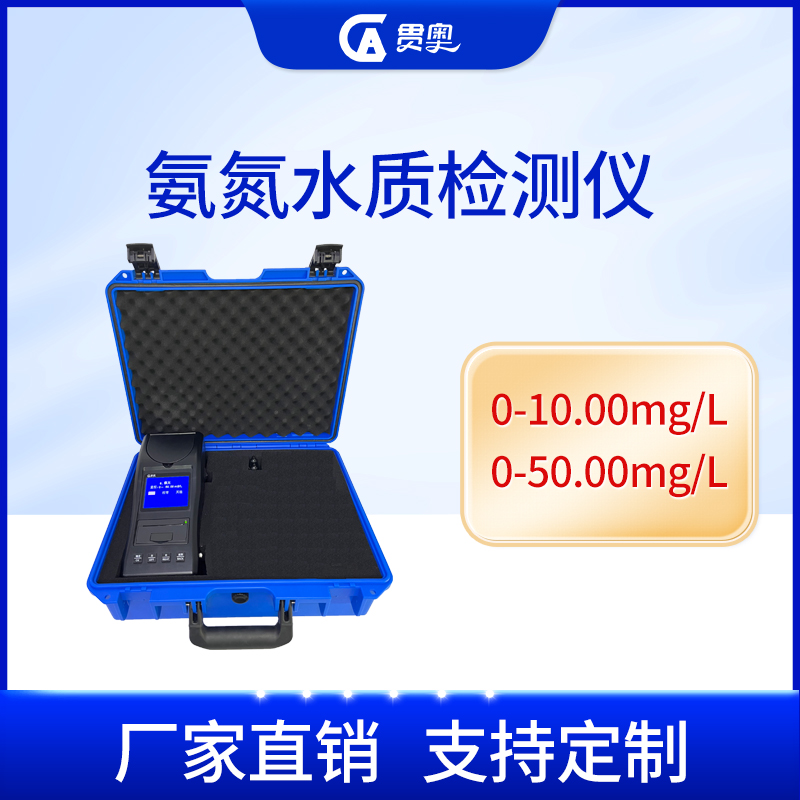Water quality ammonia nitrogen analyzers usually operate based on the principle of color reaction. When ammonia nitrogen is detected in the water sample, the analyzer will trigger a series of chemical reactions, converting the ammonia nitrogen in the water sample into ammonia, and then reacting with indicators such as phenolphthalein in the reagent to generate a specific color.

The following are the calibration steps for the curve of the water quality ammonia nitrogen analyzer:
1. Prepare a series of standard solutions with known ammonia nitrogen concentrations and measure them with an analyzer, recording the corresponding analyzer readings for each standard solution.
2. Draw a standard curve between the analyzer reading and the known ammonia nitrogen concentration. Usually, the standard curve is a linear relationship that can be fitted using methods such as regression analysis.
3. Use standard curves to measure the concentration of ammonia nitrogen in unknown water samples. Add a water sample to the analyzer and record the analyzer reading.
4. Calculate the concentration of ammonia nitrogen in the water sample based on the standard curve. Usually, this can be achieved through interpolation or extrapolation of standard curves.
It should be noted that before conducting curve calibration, it is necessary to ensure that the measurement range and accuracy of the analyzer are suitable for measuring the ammonia nitrogen concentration in the water sample. In addition, correct operating procedures should be followed to ensure the accuracy and reliability of measurement results.



